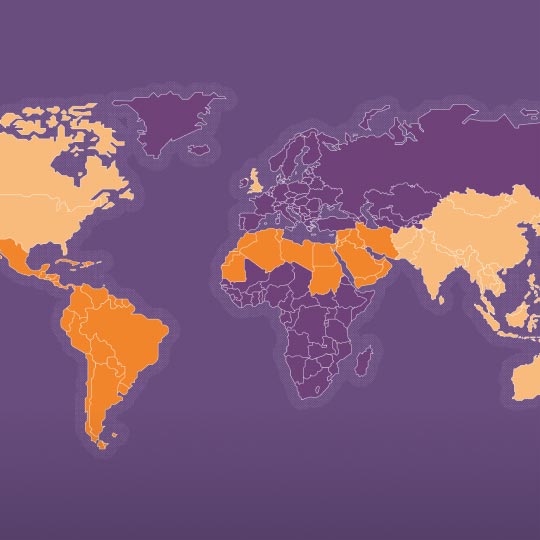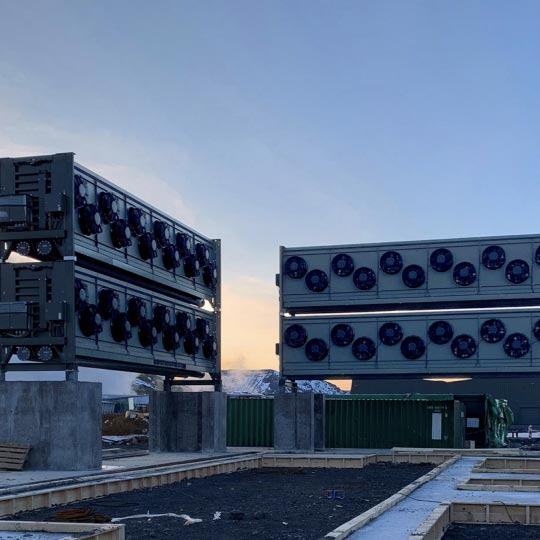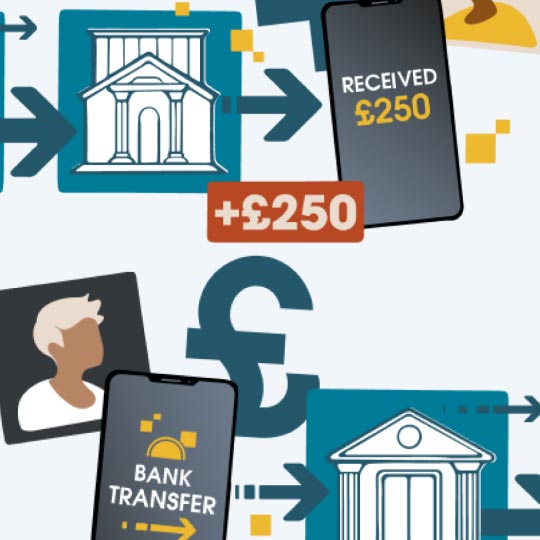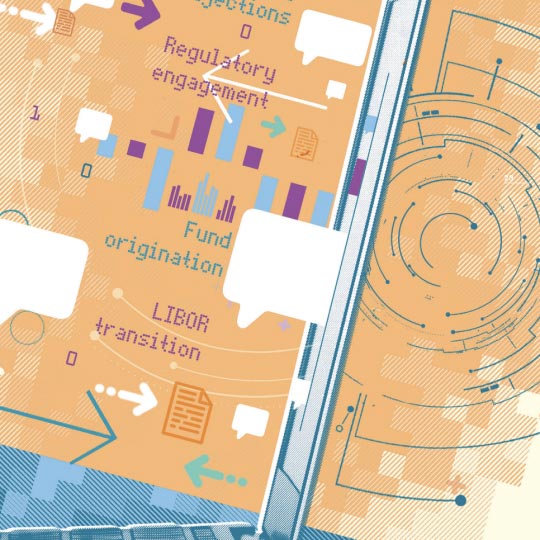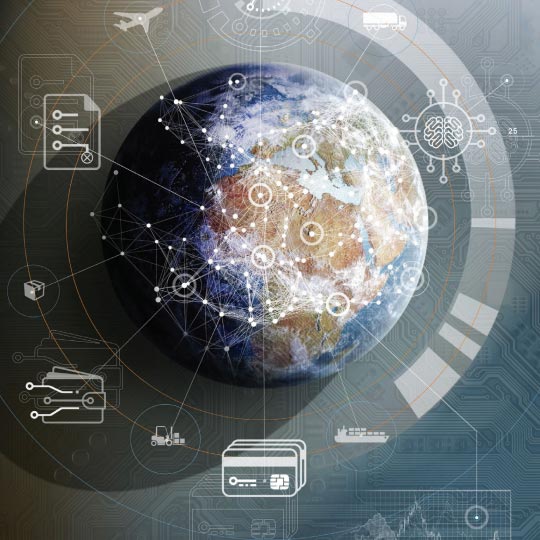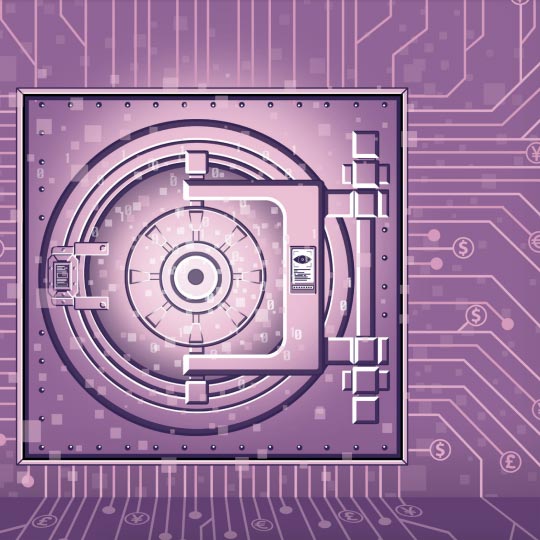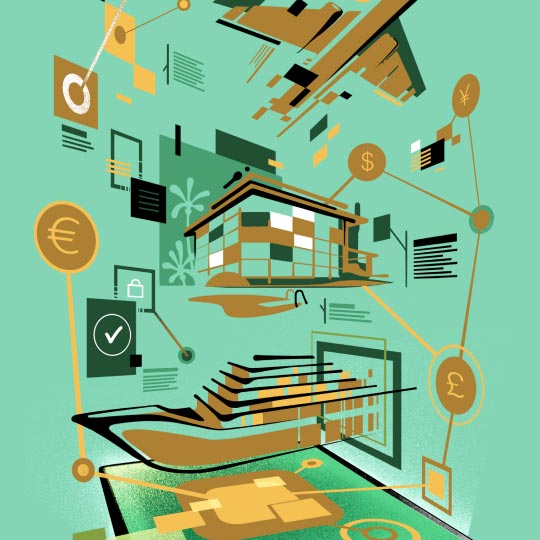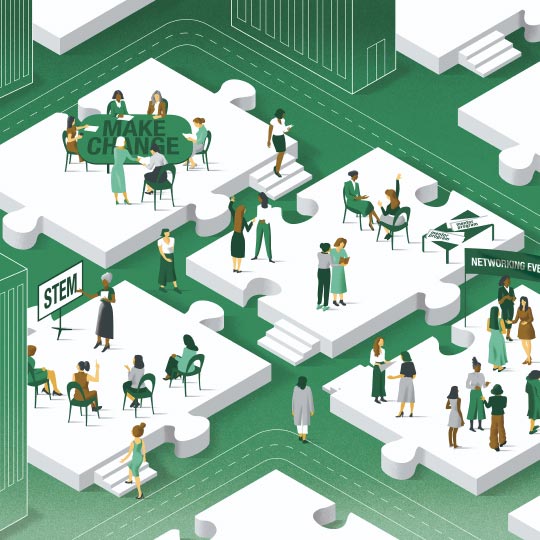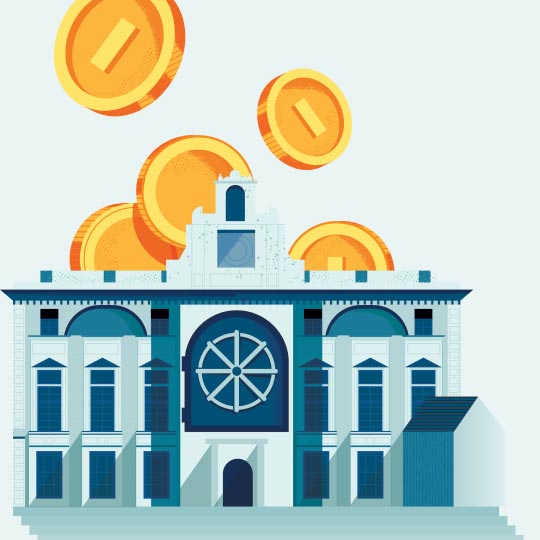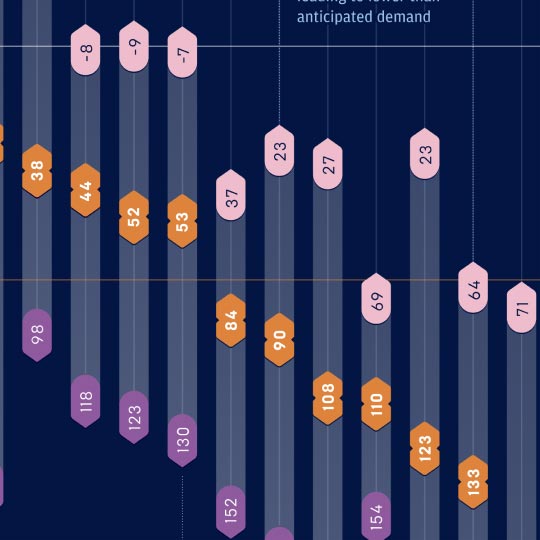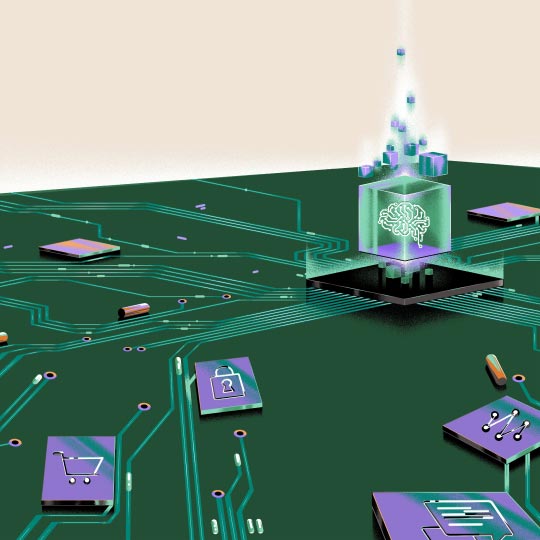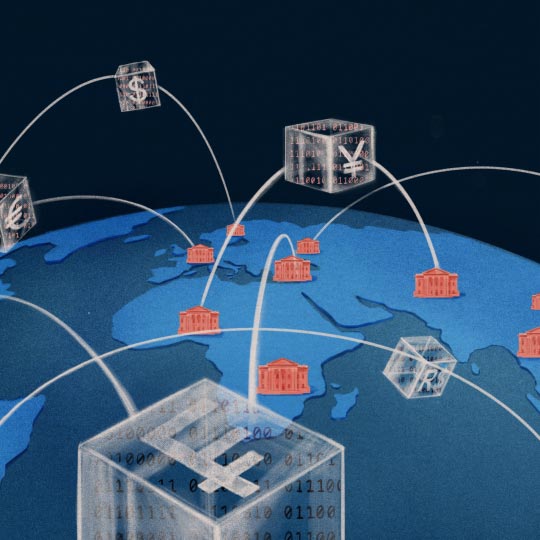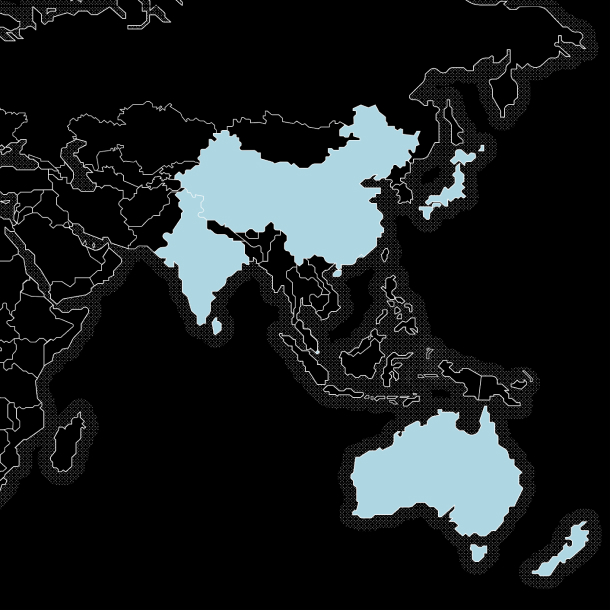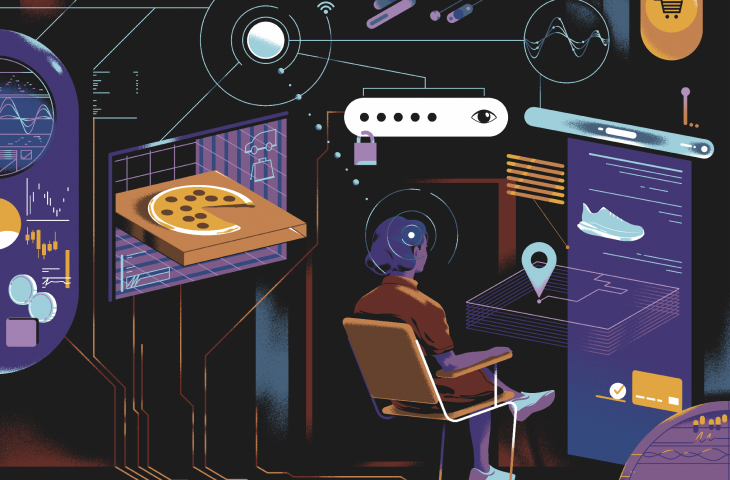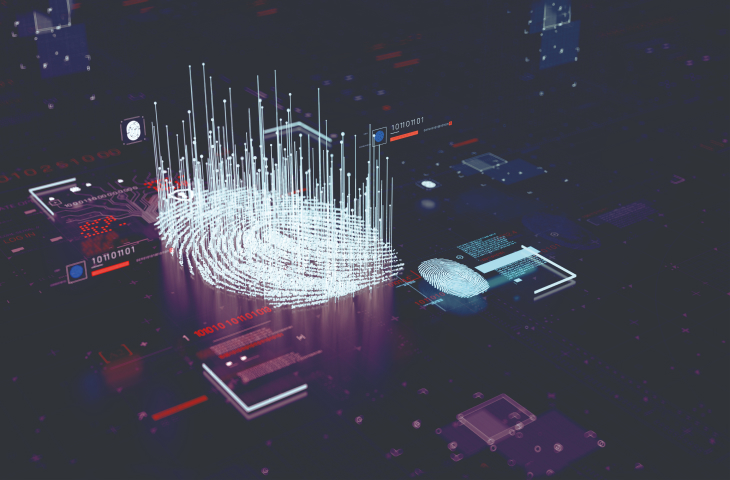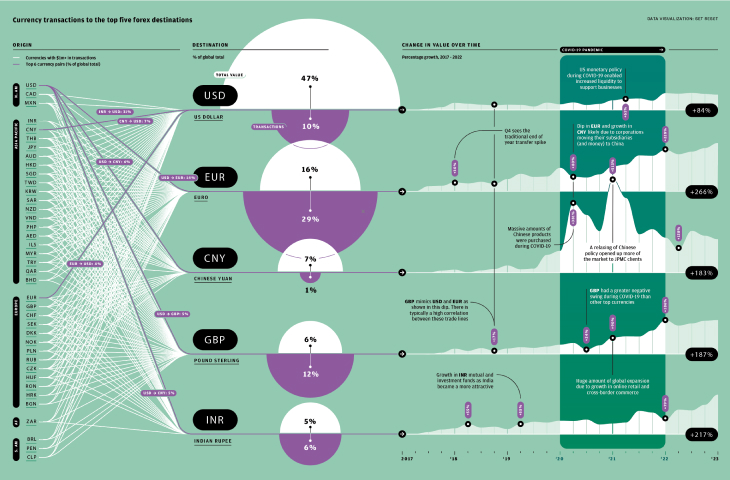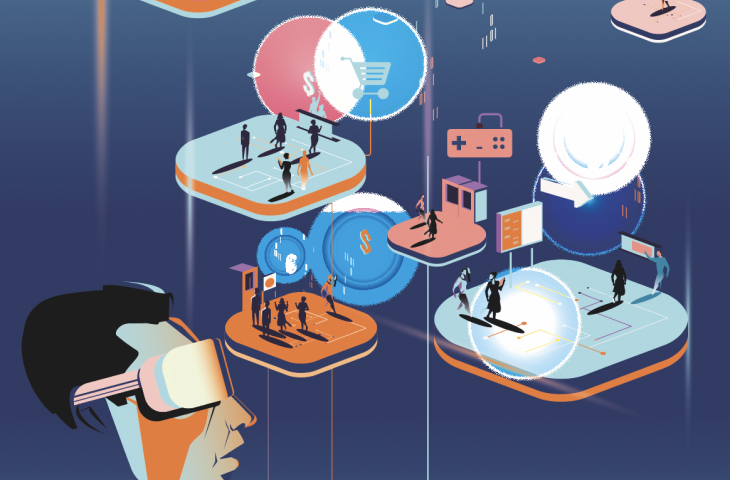From startups to legacy brands, you're making your mark. We're here to help.
-
Innovation Economy
Fueling the success of early-stage startups, venture-backed and high-growth companies.
-
Midsize Businesses
Keep your company growing with custom banking solutions for middle market businesses and specialized industries.
-
Large Corporations
Innovative banking solutions tailored to corporations and specialized industries.
-
Commercial Real Estate
Capitalize on opportunities and prepare for challenges throughout the real estate cycle.
-
Community Impact Banking
When our communities succeed, we all succeed. Local businesses, organizations and community institutions need capital, expertise and connections to thrive.
-
International Banking
Power your business' global growth and operations at every stage.
Key Links
Prepare for future growth with customized loan services, succession planning and capital for business equipment.
-
Asset Based Lending
Enhance your liquidity and gain the flexibility to capitalize on growth opportunities.
-
Equipment Financing
Maximize working capital with flexible equipment and technology financing.
-
Trade & Working Capital
Experience our market-leading supply chain finance solutions that help buyers and suppliers meet their working capital, risk mitigation and cash flow objectives.
-
Syndicated Financing
Leverage customized loan syndication services from a dedicated resource.
-
Commercial Real Estate
Capitalize on opportunities and prepare for challenges throughout the real estate cycle.
-
Employee Stock Ownership Plans
Plan for your business’s future—and your employees’ futures too—with objective advice and financing.
Key Links
Serving the world's largest corporate clients and institutional investors, we support the entire investment cycle with market-leading research, analytics, execution and investor services.
-
Institutional Investors
Putting your long-tenured investment teams on the line to earn the trust of institutional investors.
-
Markets
Direct access to market leading liquidity harnessed through world-class research, tools, data and analytics.
-
Prime Services
Helping hedge funds, asset managers and institutional investors meet the demands of a rapidly evolving market.
-
Global Research
Leveraging cutting-edge technology and innovative tools to bring clients industry-leading analysis and investment advice.
-
Securities Services Solutions
Helping institutional investors, traditional and alternative asset and fund managers, broker dealers and equity issuers meet the demands of changing markets.
Key Links
Providing investment banking solutions, including mergers and acquisitions, capital raising and risk management, for a broad range of corporations, institutions and governments.
-
Center for Carbon Transition
J.P. Morgan’s center of excellence that provides clients the data and firmwide expertise needed to navigate the challenges of transitioning to a low-carbon future.
-
Corporate Finance Advisory
Corporate Finance Advisory (“CFA”) is a global, multi-disciplinary solutions team specializing in structured M&A and capital markets. Learn more.
-
Development Finance Institution
Financing opportunities with anticipated development impact in emerging economies.
-
Sustainable Solutions
Offering ESG-related advisory and coordinating the firm's EMEA coverage of clients in emerging green economy sectors.
-
Mergers and Acquisitions
Bespoke M&A solutions on a global scale.
-
Capital Markets
Holistic coverage across capital markets.
Your partner for commerce, receivables, cross-currency, working capital, blockchain, liquidity and more.
Key Links
A uniquely elevated private banking experience shaped around you.
-
Banking
We have extensive personal and business banking resources that are fine-tuned to your specific needs.
-
Investing
We deliver tailored investing guidance and access to unique investment opportunities from world-class specialists.
-
Lending
We take a strategic approach to lending, working with you to craft the right financing solutions matched to your goals.
-
Planning
No matter where you are in your life, or how complex your needs might be, we’re ready to provide a tailored approach to helping your reach your goals.
Whether you want to invest on your own or work with an advisor to design a personalized investment strategy, we have opportunities for every investor.
-
Invest on your own
Unlimited $0 commission-free online stock, ETF and options trades with access to powerful tools to research, trade and manage your investments.
-
Work with our advisors
When you work with our advisors, you'll get a personalized financial strategy and investment portfolio built around your unique goals-backed by our industry-leading expertise.
-
Expertise for Substantial Wealth
Our Wealth Advisors & Wealth Partners leverage their experience and robust firm resources to deliver highly-personalized, comprehensive solutions across Banking, Lending, Investing, and Wealth Planning.
For Companies and Institutions
-
Commercial Banking
From startups to legacy brands, you're making your mark. We're here to help.
-
Institutional Investing
Serving the world's largest corporate clients and institutional investors, we support the entire investment cycle with market-leading research, analytics, execution and investor services.
-
Payments
Your partner for commerce, receivables, cross-currency, working capital, blockchain, liquidity and more.
-
Credit & Financing
Prepare for future growth with customized loan services, succession planning and capital for business equipment.
-
Investment Banking
Providing investment banking solutions, including mergers and acquisitions, capital raising and risk management, for a broad range of corporations, institutions and governments.
For Individuals
-
Private Bank
A uniquely elevated private banking experience shaped around you.
-
Wealth Management
Whether you want to invest on you own or work with an advisor to design a personalized investment strategy, we have opportunities for every investor.
Explore a variety of insights.
Key Links
Insights by Topic
Explore a variety of insights organized by different topics.
Key Links
Insights by Type
Explore a variety of insights organized by different types of content and media.
Key Links
We aim to be the most respected financial services firm in the world, serving corporations and individuals in more than 100 countries.
Key Links
- Payments
- Payments Unbound
- Payments Unbound - The digital magazine
- Payments Unbound Articles
- The Future of Business Ecosystems
Featuring future-thinking clients
Payments Unbound unites clients from a wide range of industries to bring you innovative insights that help you navigate the future of payments.
The rise and rise of ecosystem-based businesses
IDEAS BANK
The global economy is going through a major reorganization. Businesses are evolving beyond their individual platforms to create ecosystems, integrating their services into a single consumer experience. This shift is having a significant impact—McKinsey estimates that business ecosystems could generate between $70-$100 trillion in sales by 2030, representing approximately 30 percent of the total world economy.1
To understand the impact of ecosystems, we need to understand how they work. According to Jason Tiede, J.P. Morgan’s Global Head of Corporate Development and Partnerships, ecosystems have three main characteristics:
- Firstly, they comprise a network of companies that enter into an intentional business relationship. The participants sell diverse but complementary products and services that are often from different industries and involve different business models. They may even be competitors.
- Secondly, they have a shared client base interested in all these products and services, as this set of customers makes it lucrative for the businesses to partner.
Usually at least one participant orchestrates the venture, and all of the businesses share in the profits. This financial sum is typically greater than a single participant could generate on their own, and it incentivizes them to work closely to provide the most frictionless customer experience.
Seamlessness, in particular, is the quality that distinguishes successful ecosystems. Imagine that a driver is low on battery and their car automatically routes them to the nearest charging station, while an app on their phone allows them to pre-order their coffee. Or the charging station sends a push notification to the driver when electricity prices are low, allowing them to purchase charging credit ahead of time at a cheaper rate. Strategies like these are what drive ecosystem growth.
Payments play a crucial role as a layer of connective tissue between the companies that make up a business ecosystem. To maximize convenience, customers must be able to transact across a wide range of businesses with a single swipe, tap or voice command. They don’t want to enter their payment details each time they make a purchase or go through an onboarding process whenever they’re routed to a new company on the network.
Building this type of effortless payments experience is complex because it requires particularly close cooperation between the different ecosystem players. All participants must also support a wide range of payment methods so customers can pay how, when, and where they want. Those payments have to be fast, but speed can increase the risk of fraud, which means it must be carefully balanced with security considerations.
A number of companies are vying to help ecosystems navigate these challenges. J.P. Morgan, for example, recently launched the Payments Partner Network, a “one-stop shop” to connect businesses with payments operators. “We have a network of hundreds of payment partners spanning most industries and use cases,” says Andy Woodbridge, who supports J.P. Morgan Payments and Commerce Partnerships. “It ensures we can support our clients for all their needs in various shapes and forms across the payments landscape.” For instance, a company may want to set up a new payment gateway to accept digital wallets; they can then use the network to easily see a list of verified providers and choose one that can best meet their needs.
Innovations in payments will help ecosystem businesses evolve in new ways over the years ahead. “Just as data can easily flow between countries, in the coming years there will be a more seamless flow of money across borders,” predicts Tiede. Several countries already have domestic real-time payment infrastructures and there are now governmental and regulatory efforts to sync these schemes together. Faster cross-border transactions will allow ecosystems to expand their scope and scale, and better integrate businesses from multiple countries or regions into the network, while also increasing their potential customer bases.
Another important consideration is trust. Ecosystems comprise various businesses that may take different approaches to risk, so it’s likely we’ll increasingly see trusted parties anchoring networks in an agreed set of frameworks such as business fraud controls, consumer protections, and data safeguards. This, in turn, should boost consumer confidence and, as ecosystems spread their wings internationally, allow participants to enjoy a step-change in resilience and growth.
Building ecosystems isn’t easy. But a future where a business doesn’t tap the potential of its ecosystem? That might be an even tougher call.
MAGAZINE
Volume 5: Game Changer Volume 4: Ready Payer One Volume 3: Bank to the Future Volume 2: The New World of Commerce Volume 1: The Money Revolution Browse all articlesWEBINARS
View all webinarsYou're now leaving J.P. Morgan
J.P. Morgan’s website and/or mobile terms, privacy and security policies don’t apply to the site or app you're about to visit. Please review its terms, privacy and security policies to see how they apply to you. J.P. Morgan isn’t responsible for (and doesn’t provide) any products, services or content at this third-party site or app, except for products and services that explicitly carry the J.P. Morgan name.




